Our Stories
Recent Articles
Behind the Scenes
Embracing a Vintage Electric Cargo Tricycle for Greener Gardening
This innovative mode of transportation allows the dedicated gardening staff to move throughout the historic grounds of the U.S. Capitol with ease, all while carrying up to an impressive 300 pounds of gardening tools and horticultural materials.
Behind the Scenes
Leaves On, Leaves Off: Capitol Grounds Works Through the Winter
In the bleak winter, when most Washingtonians are looking to stay indoors, the Architect of the Capitol (AOC) Capitol Grounds and Arboretum team still spends a lot of time outside.
Behind the Scenes
Summer Interns Gain Experience for Future Seasons of Their Careers
From carpentry and photography to clerking and gardening, the AOC internship program exposes students to a host of opportunities within the federal government.
Behind the Scenes
A Career Fusing Art, Design and Plants
Nick Nelson combines diverse passions into a landscape architecture career.
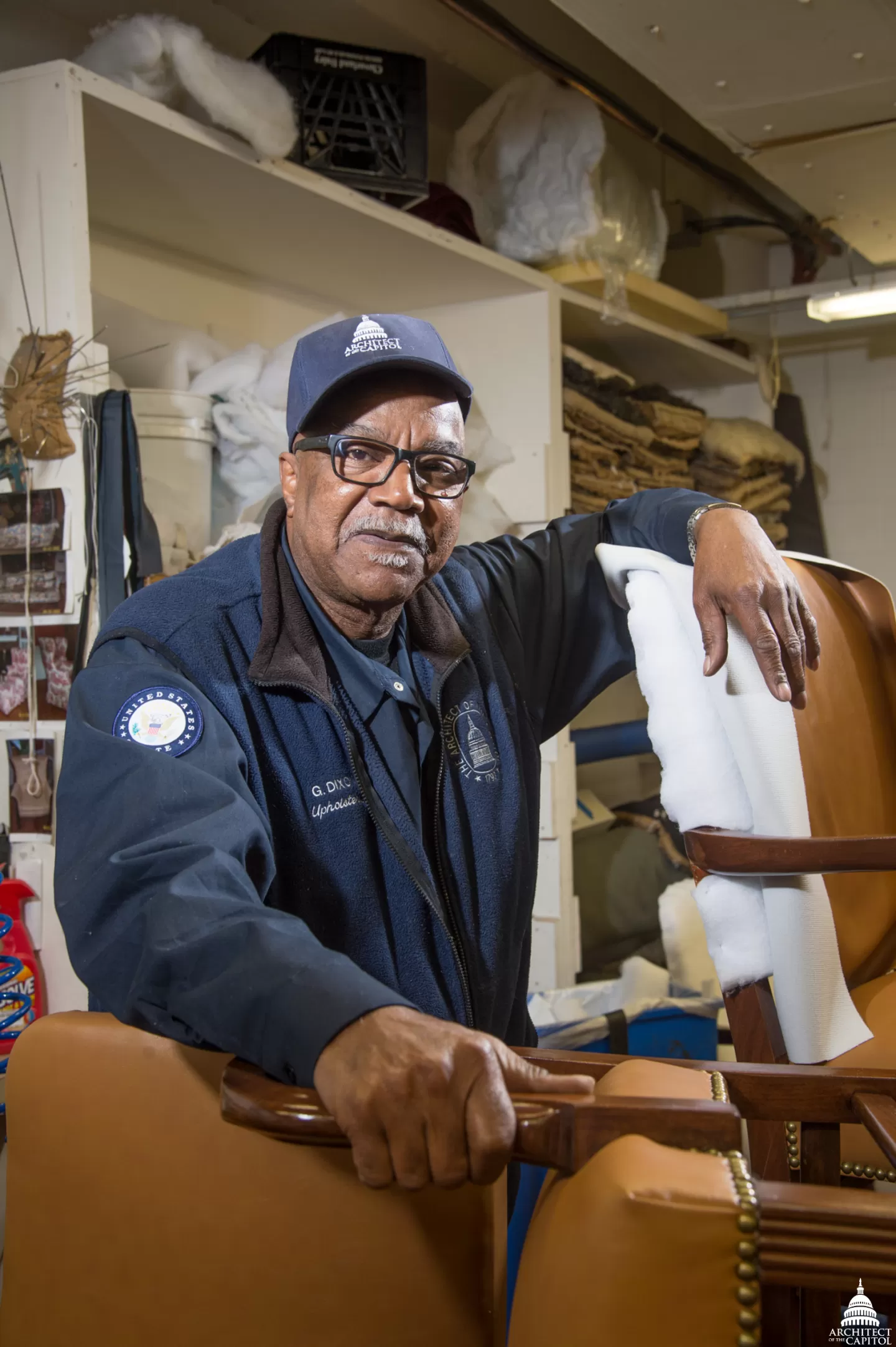
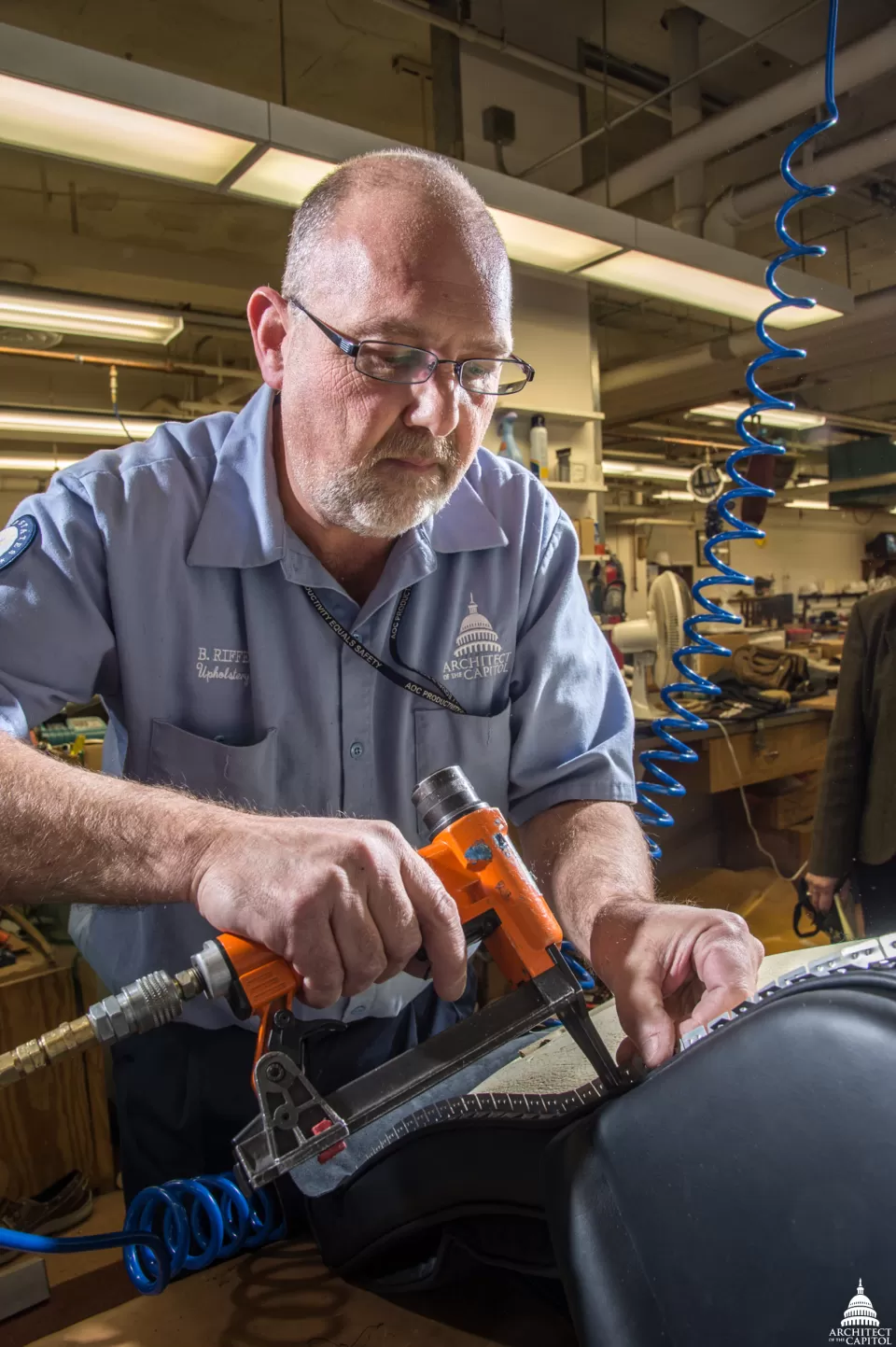
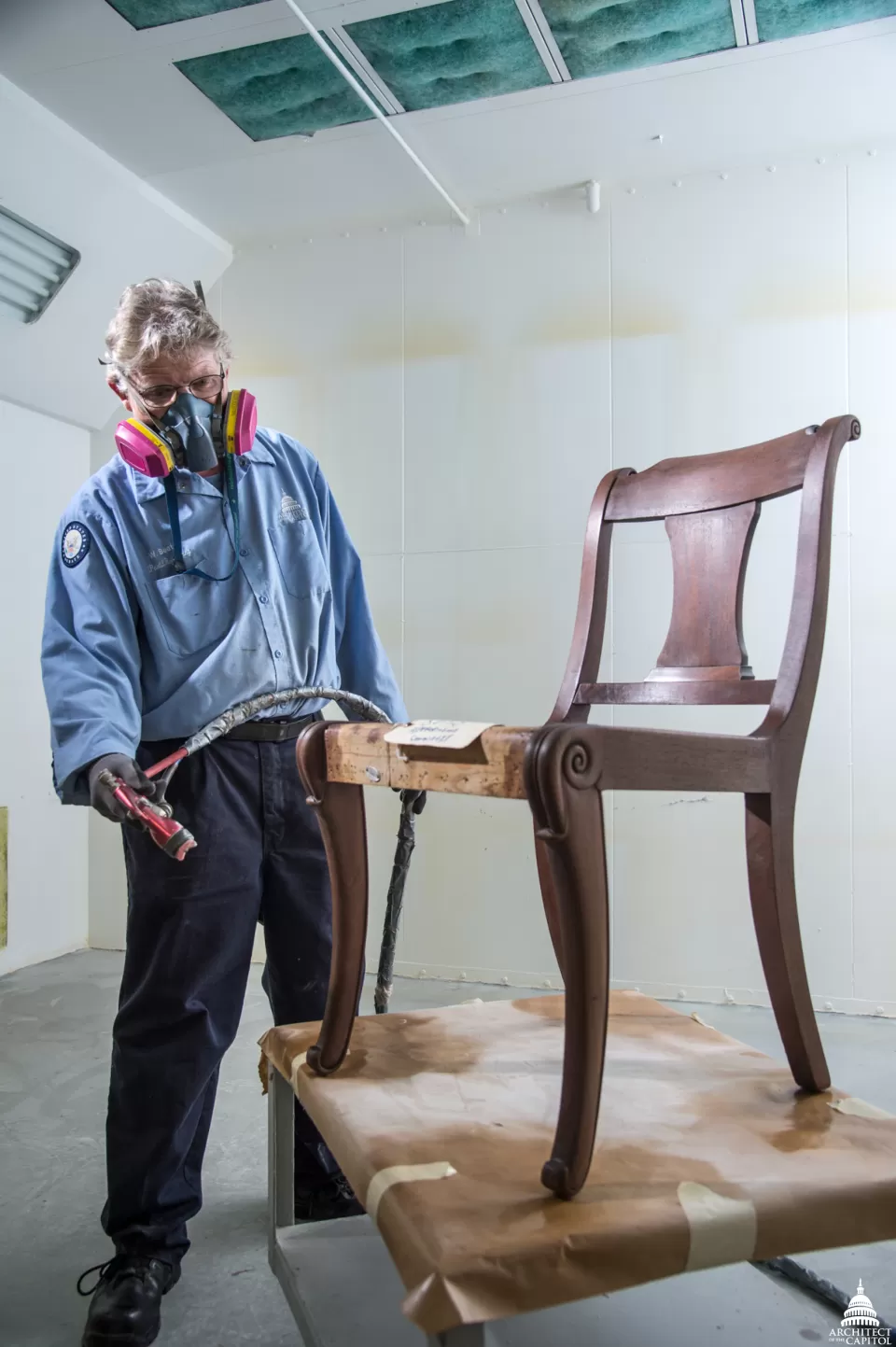
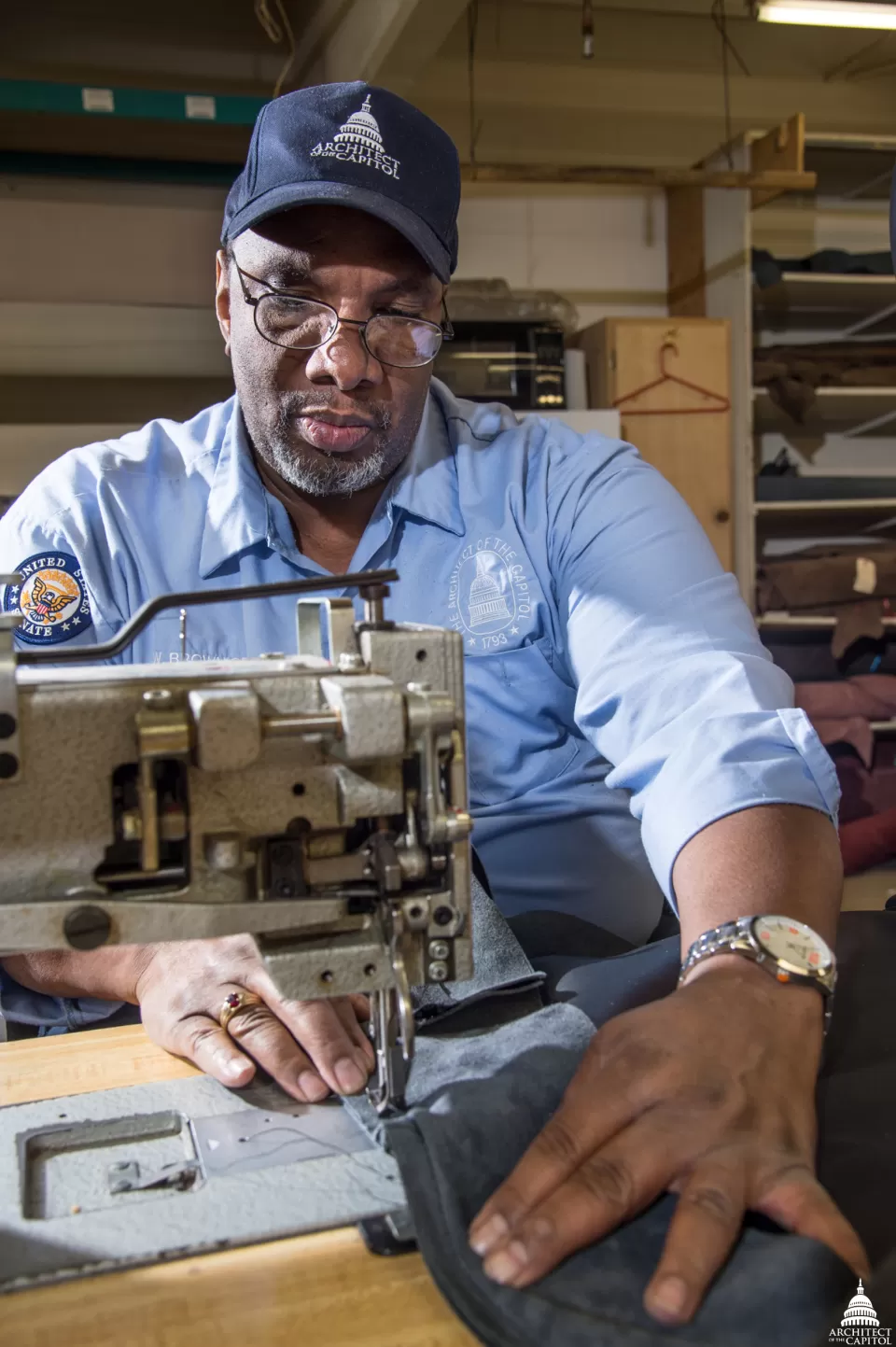
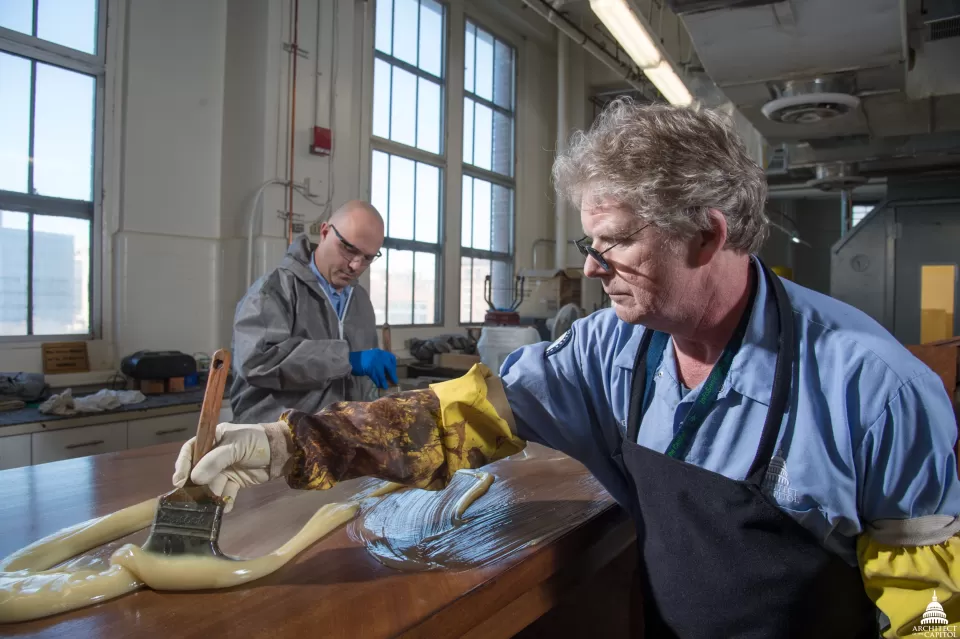
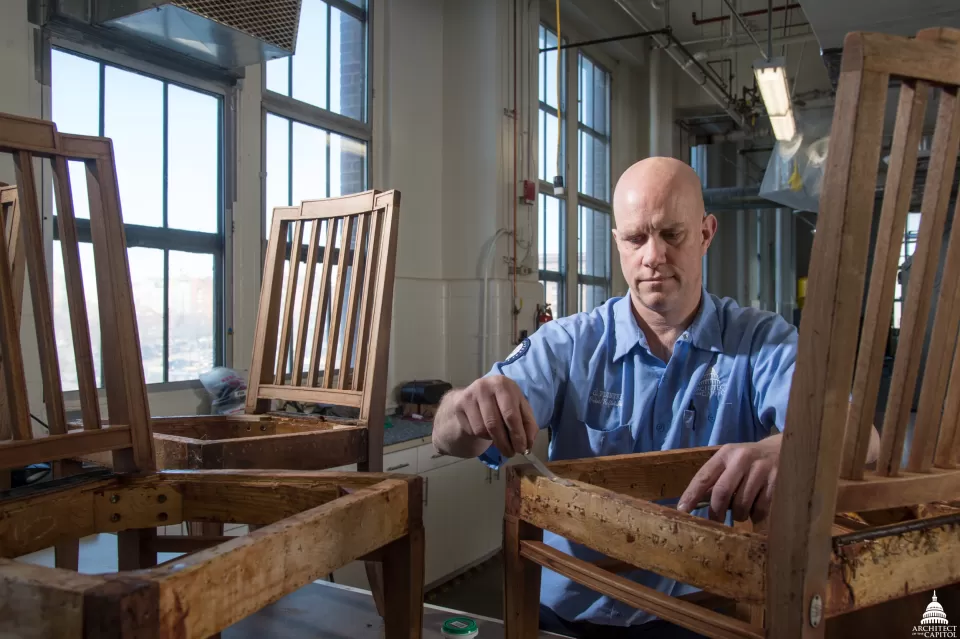



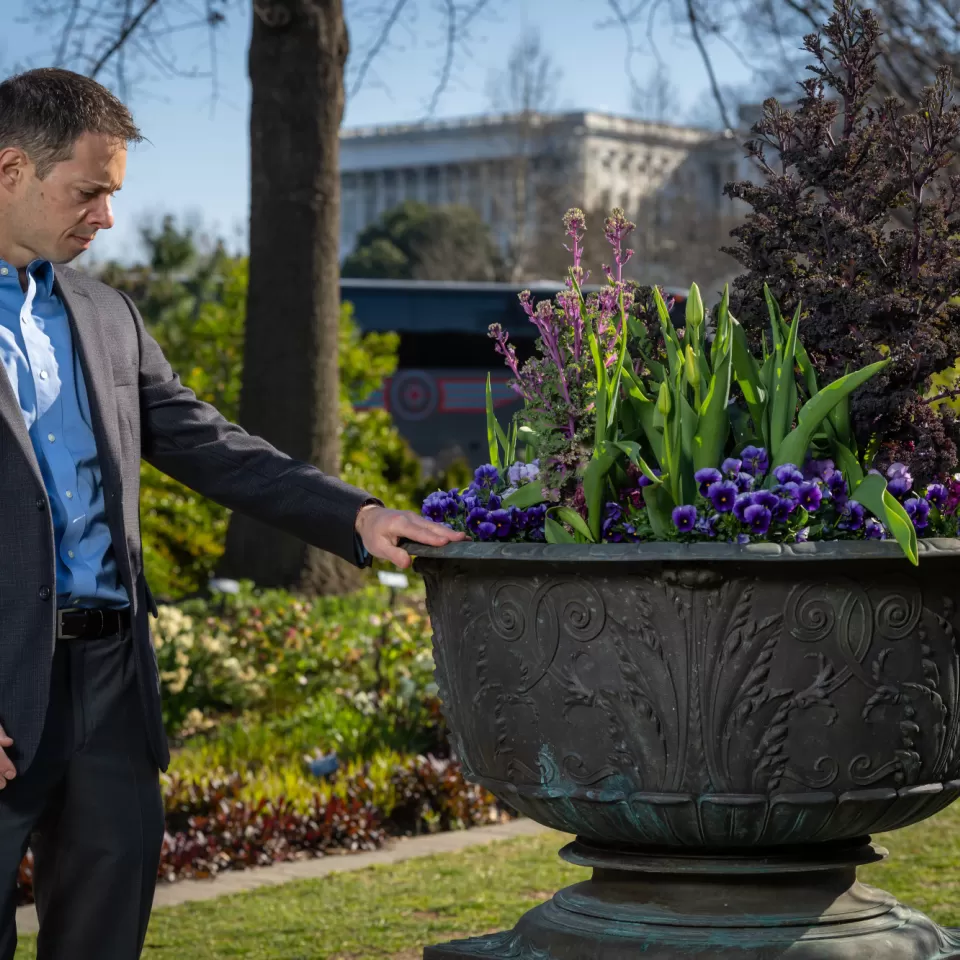
Comments
We are so fortunate to have so many highly skilled craftsmen and women working in the Capitol. Kudos to you for telling the stories of their contributions.
I always feels amazing when I see an old furniture can be made into a new look like it is really new made and finished. Because it is more go green and environmentally friendly. Good job for Ben Riffe, Wayne Beaton, Willie Brown, Vince Lusi, Oliver Pluntke !!
I have been doing upholstery for 40 years and I never knew a shop like this existed. I hope the next time I’m in DC to be able to visit the shop and the gentleman that get to work on such amazing pieces of art. To me this has always been an art form. It requires great skill and patients to refurbish a piece back to its original condition.
So today, I think I finally found it after 3 years of nosing around. The building had been refaced but in a far upper corner there was enough of the old brick to suggest the historic structure beneath - the factory of TD Wadelton in Tuckahoe, NY. It's now owned by CubeSmart who are taking good care of it, (except of course for the color scheme). It was in that factory where those prototypes were built. It must have been heart breaking to lose the contract to George Cobb.
My wife and I recently moved north from Nashville (why in the world) and bought a somewhat rundown carriage house in northeast Yonkers. Turns out, it was the home of Matilda and TD Wadelton built in 1905. Not a stitch of his furniture to be found here I assure you!
It's awesome and important work you all are doing, and while this great institution of ours seems to be wobbling on what might be its last leg, it brings solace to know that the furniture therein has been rectified and is true.
-Mike H
Add new comment